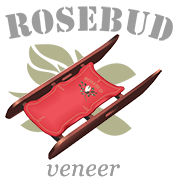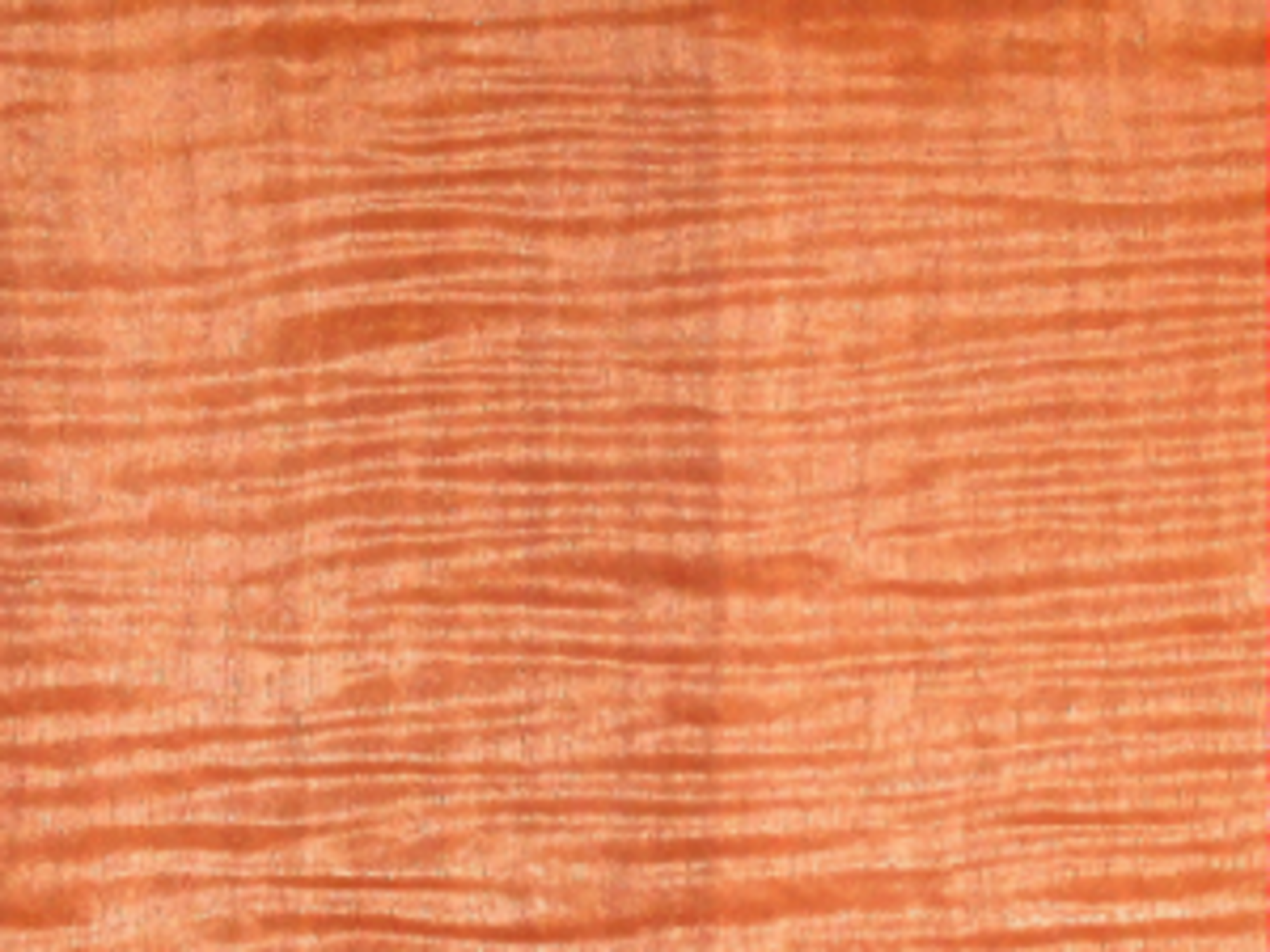Latin Name: Tieghemella heckelii, T. africana
Common Name(s): Makore
Sources: Western and Middle Africa (from Sierra Leone to Gabon)
|
Characteristics
|
Heartwood pink or reddish brown, sometimes with streaks of mild color variation. Yellowish sapwood can be two to three inches wide, and is clearly demarcated from the heartwood. Figured grain patterns (such as mottled or curly) are a common occurrence. It is very durable, and is also resistant to insect attack. |
|
Grain/ Texture
|
Grain generally straight, though interlocked or wavy grain is sometimes present. Fine even texture with good natural luster. |
|
Workability
|
Generally easy to work, though sections with interlocked grain can cause tearout during planing or other machining operations. Makore will react when put into direct contact with iron, becoming discolored and stained. Makore also has a pronounced blunting effect on cutters due to its high silica content. Besides this dulling effect, Makore turns well, and is easy to glue and finish. |
|
Uses
|
Veneer, plywood, furniture, cabinetry, flooring, boatbuilding, musical instruments, turned objects, and other small wooden specialty items. |
|
Availability
|
Available in lumber and veneer form. Prices should be in the mid range for an imported hardwood. Boards and veneer with figured grain patterns are likely to be much more expensive. |

